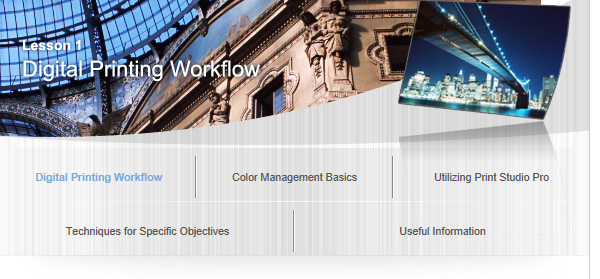1. Checking the Camera Settings for Shooting

Print results are affected by camera settings, file format, etc. Check the following before shooting, so that you can print photos as you wish.
See the manual of your product for the checking procedure.
Check the File Format
Although it is common to compress and save in JPEG format on compact digital cameras, you can save in RAW format on digital single-lens reflex cameras and some other cameras.
It is recommended that you save in RAW format which prevents degradation of image quality after shooting and allows you to correct the white balance and other parameters.
See "RAW Images and JPEG Images" for details on file formats of photos.
Check the Color Space
A "color space" refers to the range of colors that can be represented by a digital camera, computer monitor or printer. Although supported color spaces vary by device, "sRGB" and "Adobe RGB" can be used as common color spaces. Many digital single-lens reflex cameras allow you to switch between these two types of color space. Match the color space of the camera to the color space supported by your monitor and printer.
See "About Color Spaces" for details on color spaces.
![]() Note
Note
For photos shot in RAW format, you can change the color space in the image editing software to be used for their development.
Check the Number of Pixels
Set the number of pixels before shooting, by considering the purpose of printing (the use), the paper size and the quality level of the final print.
See "Numbers of Pixels and Print Sizes" for details on the number of pixels.
Check the Compression Rate
You can change the compression rate when saving in JPEG format. Increasing the compression rate reduces the file size; however, noise caused by tonal variation tends to appear.




